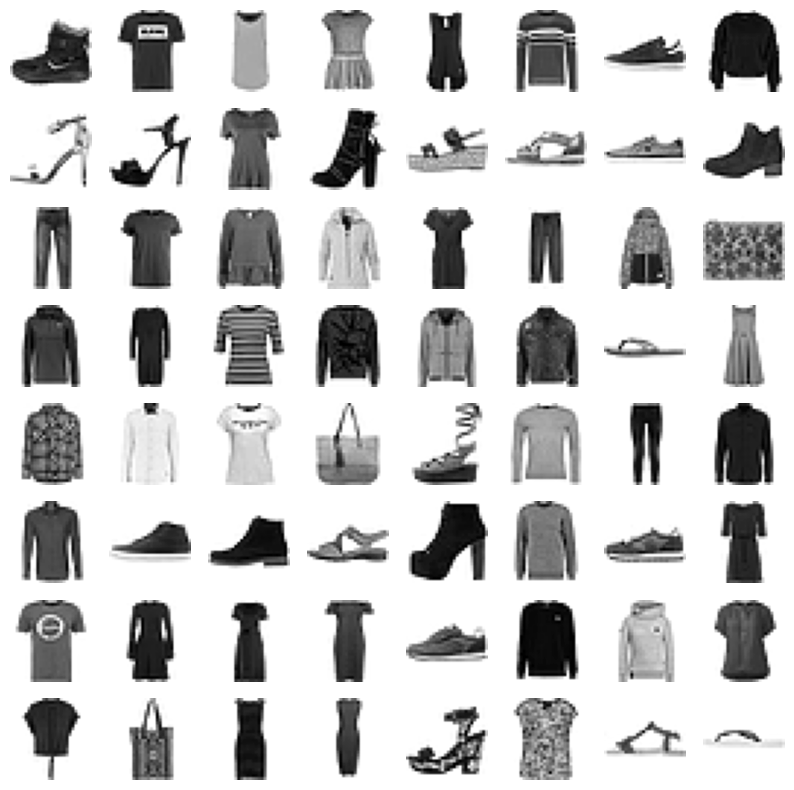import torch
from torchvision import datasets
from torchvision.transforms import ToTensor
# download training data from open datasets
training_data = datasets.FashionMNIST(
root="data",
train=True,
download=True,
transform=ToTensor(),
)
# download test data from open datasets
test_data = datasets.FashionMNIST(
root="data",
train=False,
download=True,
transform=ToTensor(),
)Lab 10: Fashion MNIST
Scenario: No scenario for this lab!
Goal
The goal of this lab is to develop a model to classify images of clothing, a classification task.
PyTorch
Unlike other labs, instead of sklearn, you will be required to use PyTorch.
To install PyTorch and a necessary data package, use:
%pip install torch
%pip install torchvisionThis lab will mostly follow the PyTorch Quickstart guide.
Data
The data (and task) for this lab originally comes from Zalando Research.
We will access this data through tools available in pytorch.
Data in Python
The following code can be used to download or re-access the data.
The first time this code runs, it will create a directory named data (in the same directory of whatever notebook you are working in), place the data there, and load it. After the first time, running this code again will simply read in the downloaded data.
Like MNIST, there are ten classes for the y data, also represented by integers. The following maps, in order, to the integers 0 to 9.
classes = [
"T-shirt/top",
"Trouser",
"Pullover",
"Dress",
"Coat",
"Sandal",
"Shirt",
"Sneaker",
"Bag",
"Ankle boot",
]The X data are 28x28 greyscale images of articles of clothing.

Sample Statistics
Before modeling, be sure to look at the data. Calculate the summary statistics requested on PrairieLearn and create a visualization for your report.
Models
For this lab you will select one model to submit to the autograder. You may use any modeling techniques you’d like. The only rules are:
- Models must be built in PyTorch using
nn.Moduleclass. - Your model should be created with
torchversion2.5.1or newer. - Your model should be created with
torchvisionversion0.20.1or newer. - Your model should be serialized to TorchScript.
- Your serialized model must be less than 5MB.
We will use accuracy to assess your submitted model.
To obtain the maximum points via the autograder, your model performance must meet or exceed:
Test Accuracy: 0.90Model Persistence
To submit your model to the autograder, you will first need to serialize your model. With a pytorch model named model, convert it to TorchScript. Then, write this object to disk.
# convert to TorchScript
model_scripted = torch.jit.script(model)
# write to disk
model_scripted.save("fashion-mnist.pt")Template Notebook
Compute
Completing this lab necessitates access to powerful computational resources.
if torch.cuda.is_available():
device = "cuda"
elif torch.backends.mps.is_available():
device = "mps"
else:
device = "cpu"
print(f"Using {device} device!")If your machine does not allow for mps or cuda consider using:
- Google Colaboratory
- Be sure to change the runtime type to a GPU.
- Illinois Computes Research Notebooks
- Be sure to select the PyTorch option to utilize a GPU.
Submission
On Canvas, be sure to submit both your source .ipynb file and a rendered .html version of the report.